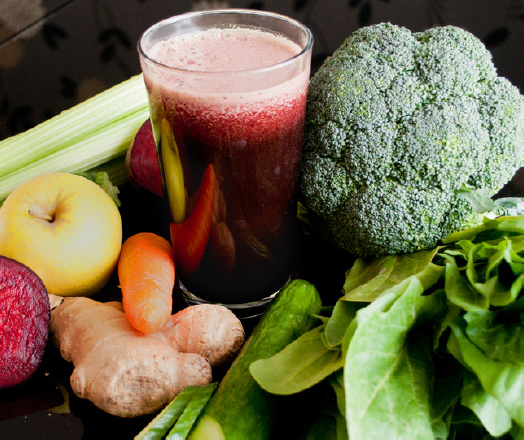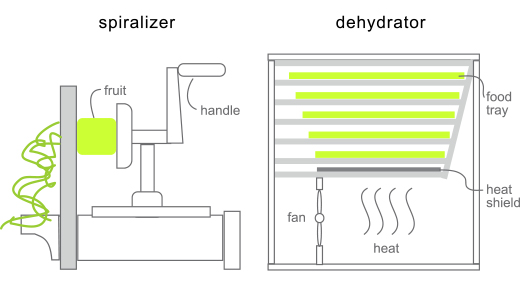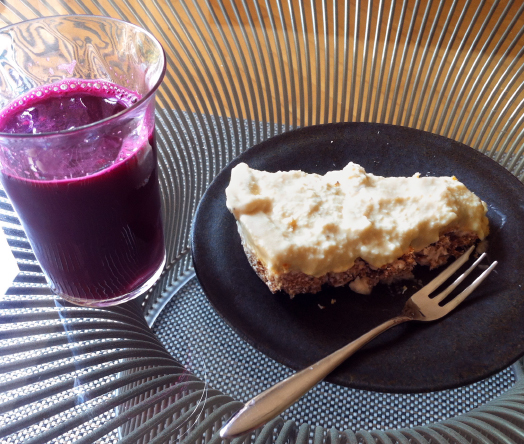
Uncooking Is the New Cool: Raw Veganism
All over the affluent West, a growing number of people are eating as though fire was never invented.
Raw foodism is a dietary movement advocating the consumption of natural, unprocessed food that has not been heated above 40°C. Under the movement are a number of sub-groups such as advocates of the Paleolithic Diet or the Primal Diet, but they are outnumbered by the raw vegans--a well-known and relatively influential group that follows a strictly plant-based diet involving no cooking.
Adherents of raw foodism argue that raw or 'living' foods have natural enzymes that are critical for building proteins and restoring the body's natural balance. Heating, they believe, destroys these enzymes and releases toxins.
What they eat
A typical raw vegan diet consists of lots of fresh, mostly organic fruits and vegetables and their juices, nuts, seeds, sprouted grains and legumes. In recent years a number of restaurants using only raw plant-based ingredients have sprung up in Europe, Australia, the US, and even Hong Kong.
At first glance, a raw menu may not seem all that different from a regular vegan menu, until you realize that 'spaghetti' is zucchini that's been pushed through a spiralizer, 'ravioli' means cashew mousse sandwiched between two round slices of beetroot, 'pizza' consists of a crust of ground nuts and seeds that have been put in a dehydrator (as opposed to an oven) for five hours, and a topping of 'cheese' made by fermenting nuts, lemon juice, garlic and yeast.


Raw food, even when it doesn't resemble its cooked counterpart, can taste surprisingly good, depending on the cook and the recipe. But then, that's true also of cooked and non-vegan food.
The following is a tried and tested recipe for a delicious raw dessert.
Raw Lemon Pie
For the base:
3/4 cup oats
3/4 cup pitted medjool dates
3/4 cup desiccated coconut
For the lemon layer:
1/3 cup coconut oil
1/4 cup maple syrup
Juice from 3 lemons
1/2 cup desiccated coconut
2 ripe bananas
Method:
To make the base, pulse the oats and coconut in your food processor until they take on a rough flour-like consistency. Throw in the dates and process until it all stick together. Press mixture on to the bottom of a square or round baking pan and refrigerate.
To make the lemon layer, blend all the ingredients until smooth. Taste and adjust accordingly. Spread evenly over the base layer and store in the fridge overnight. The next day, cut into squares or triangles and eat!



